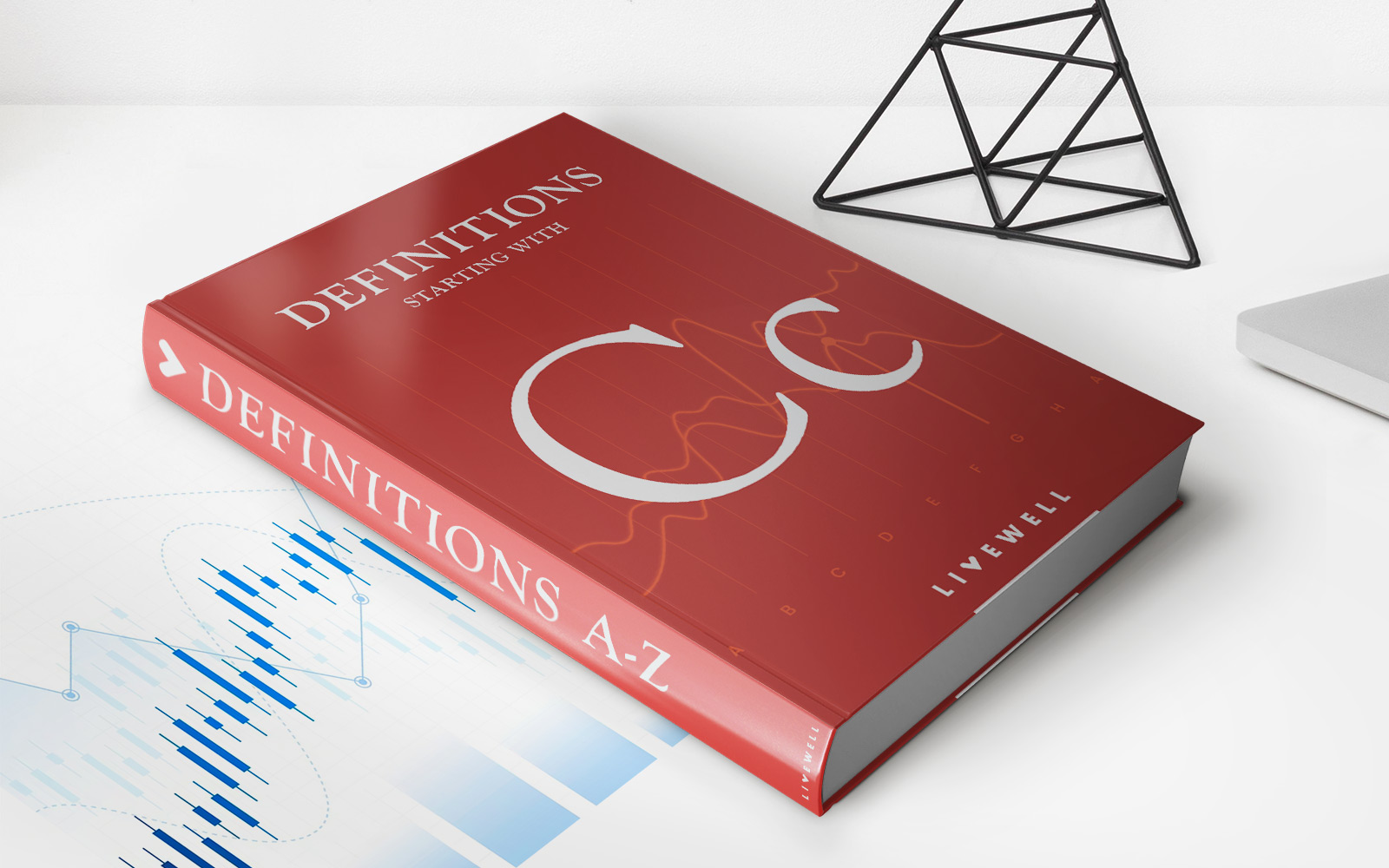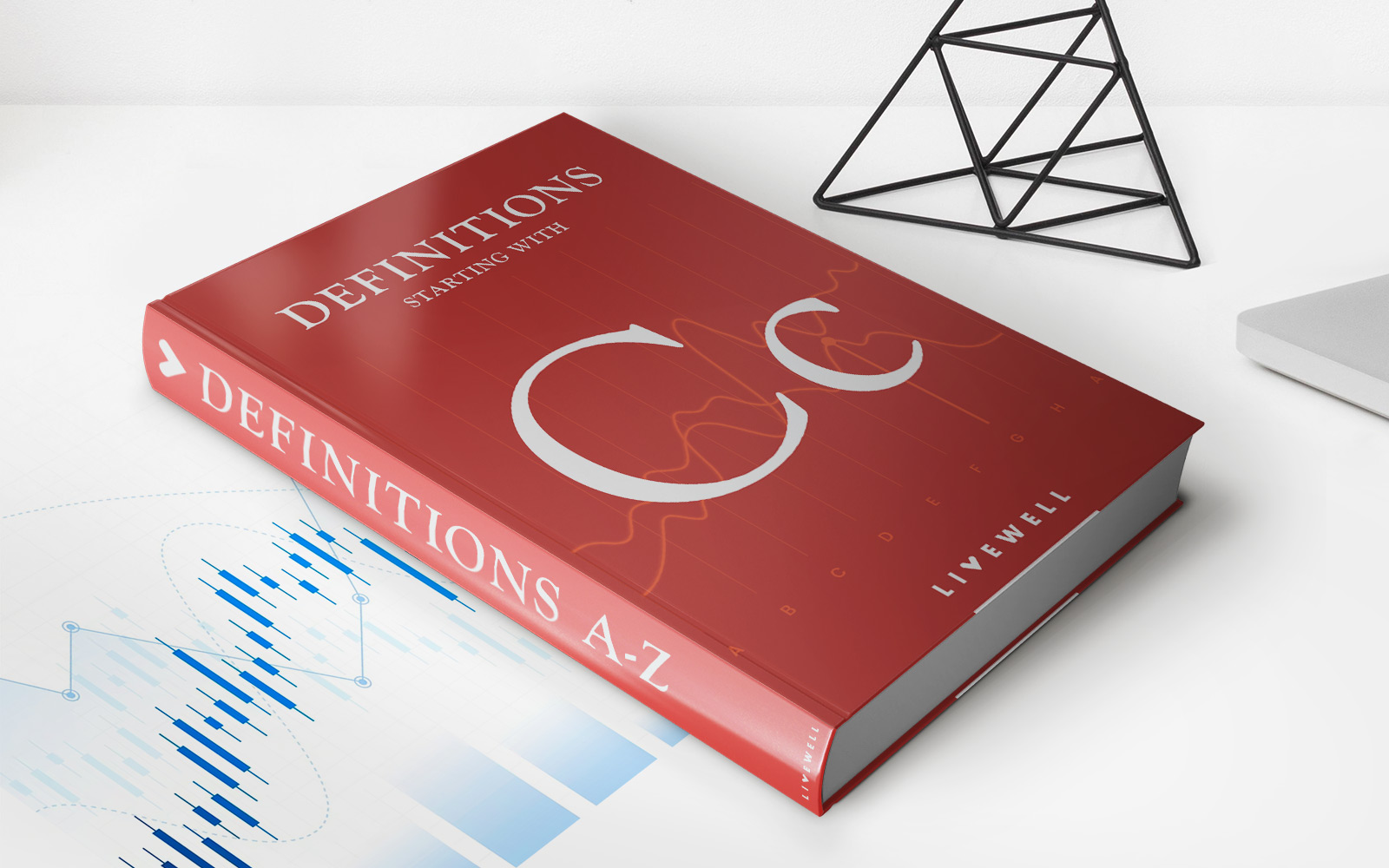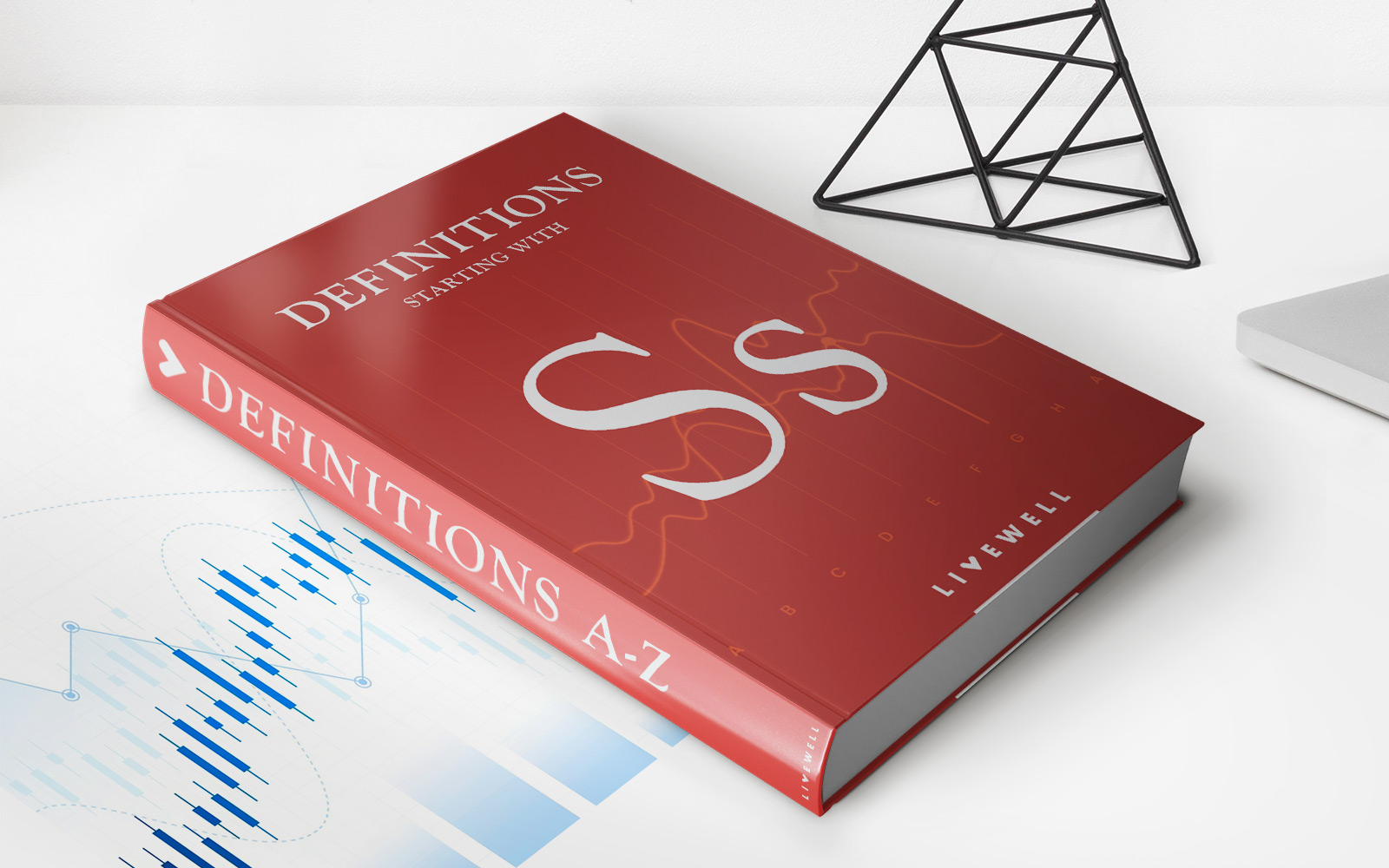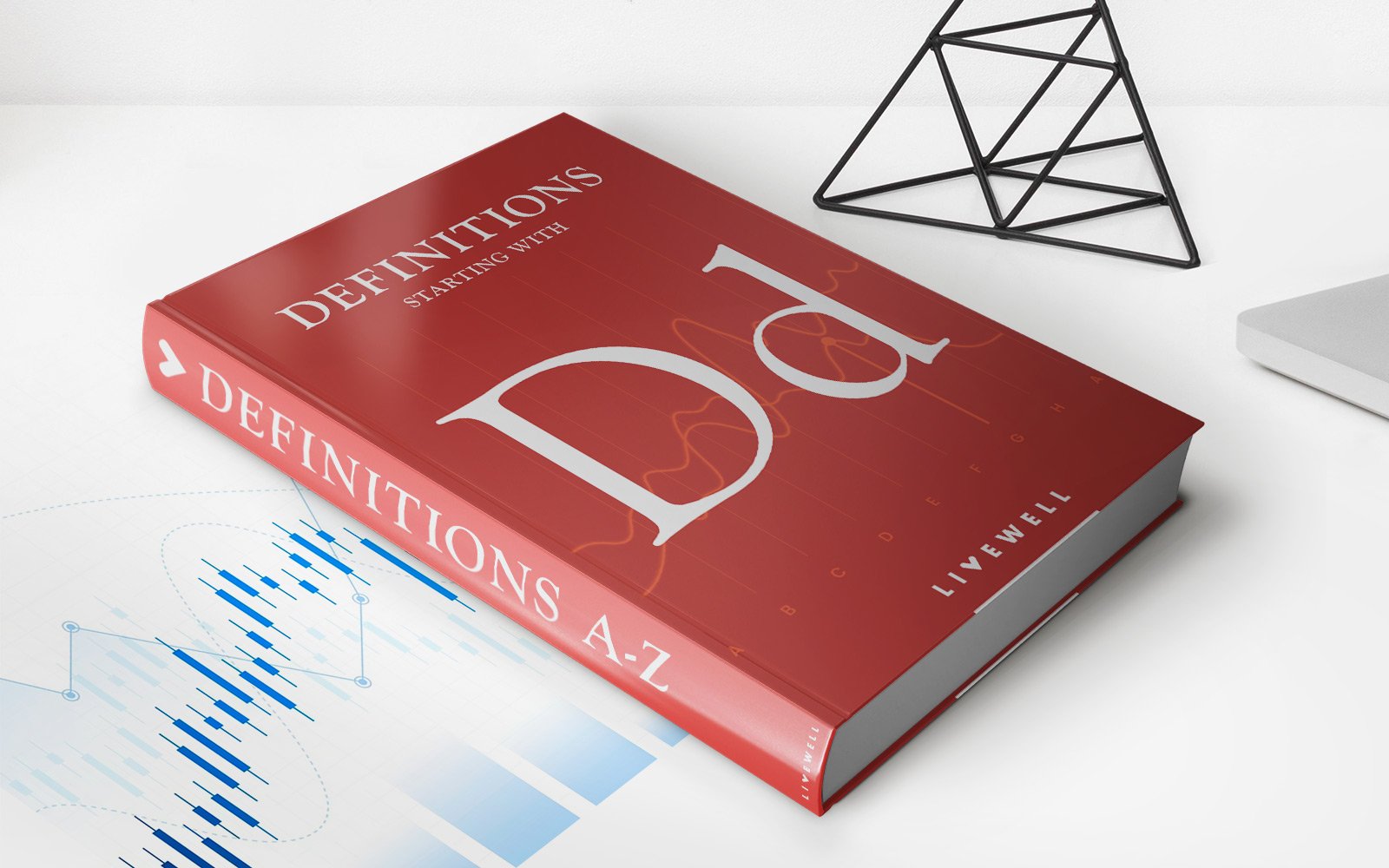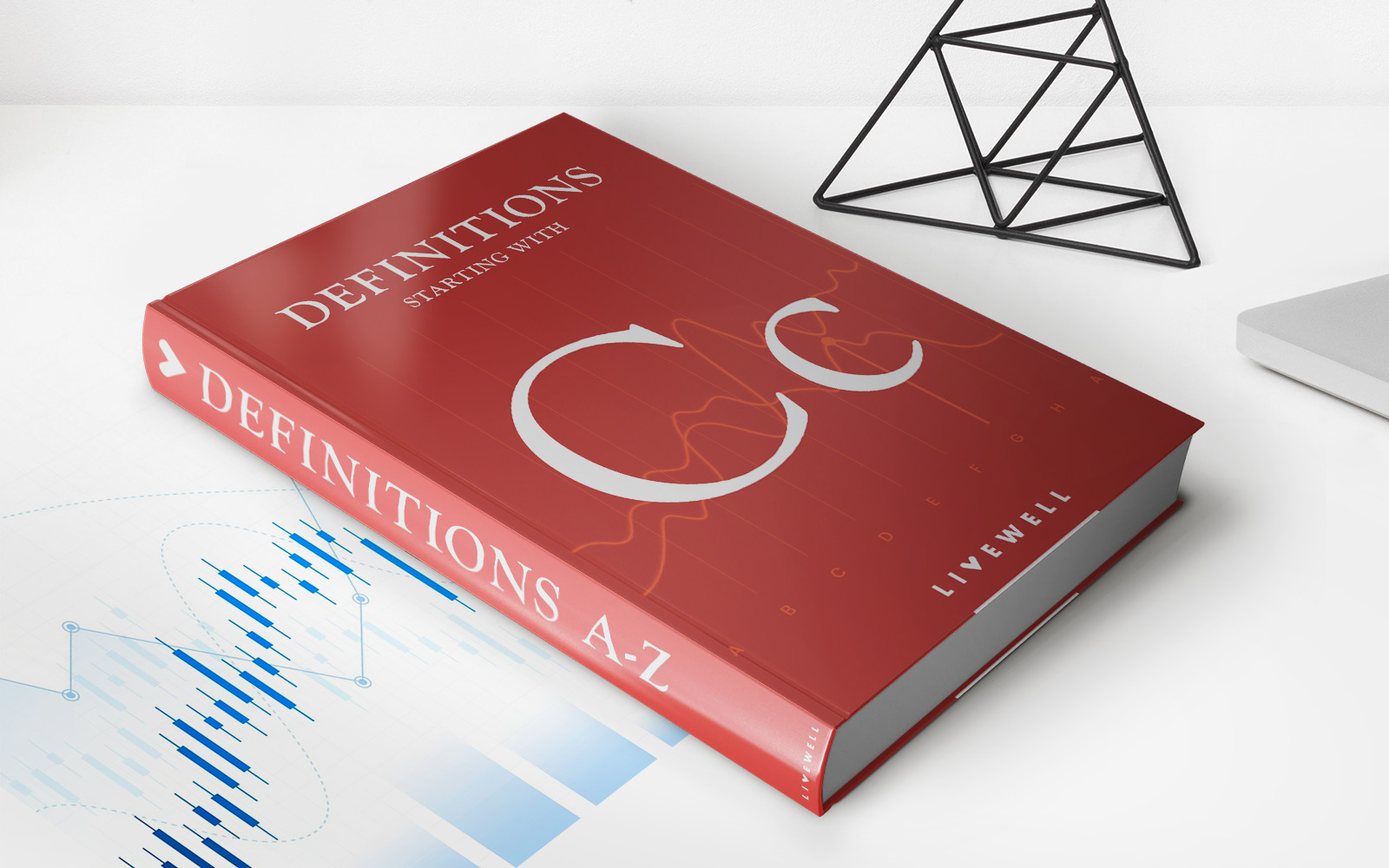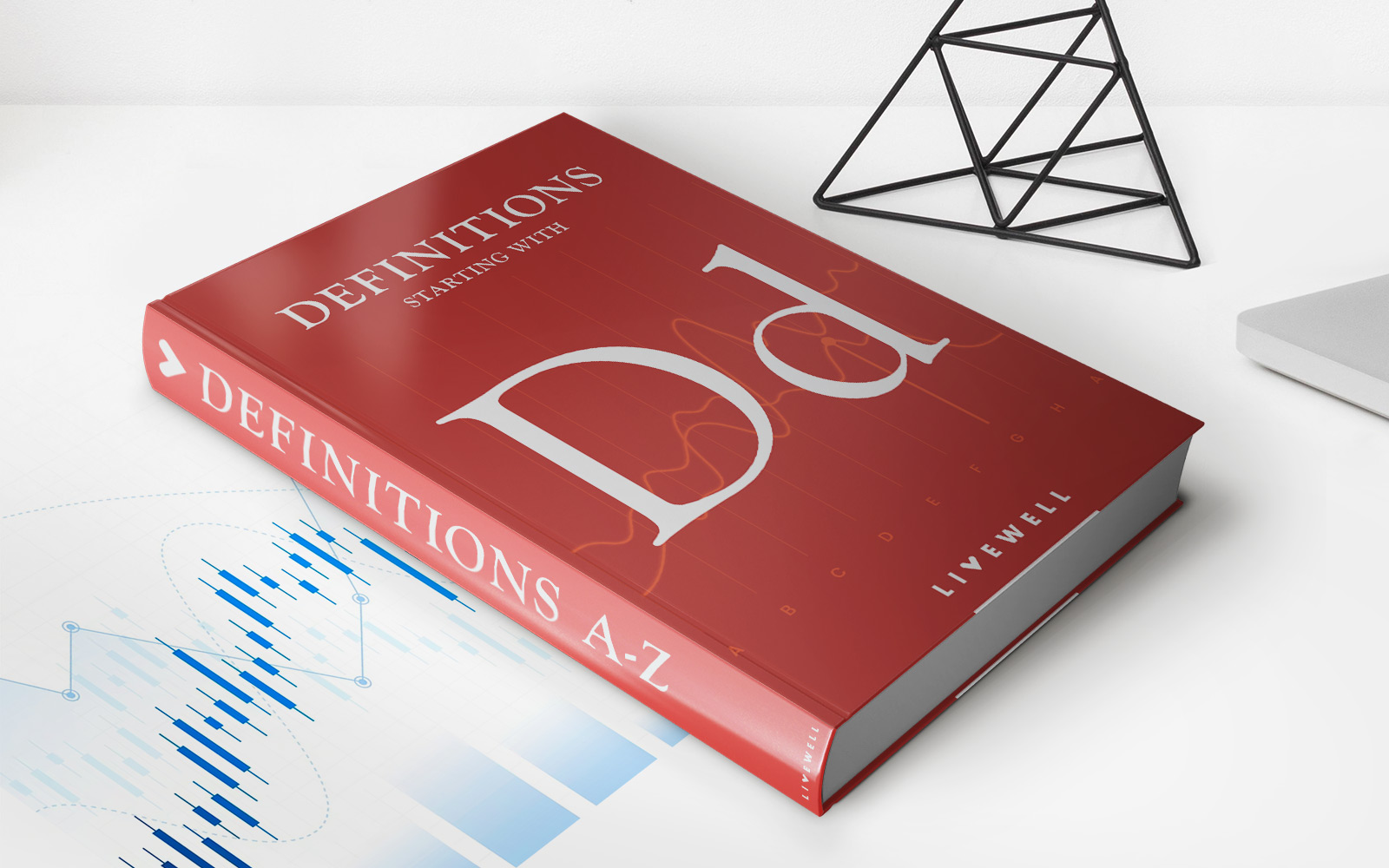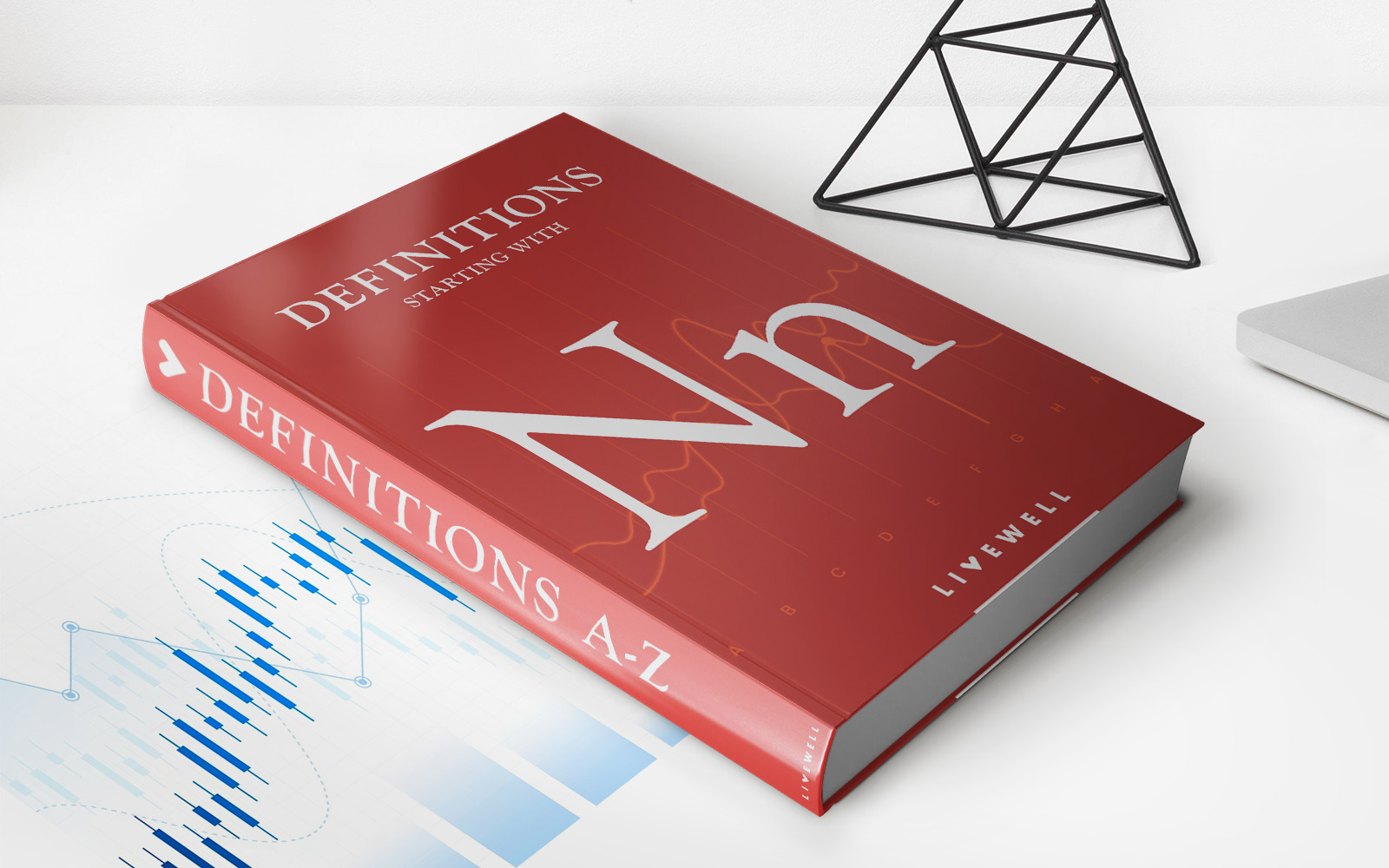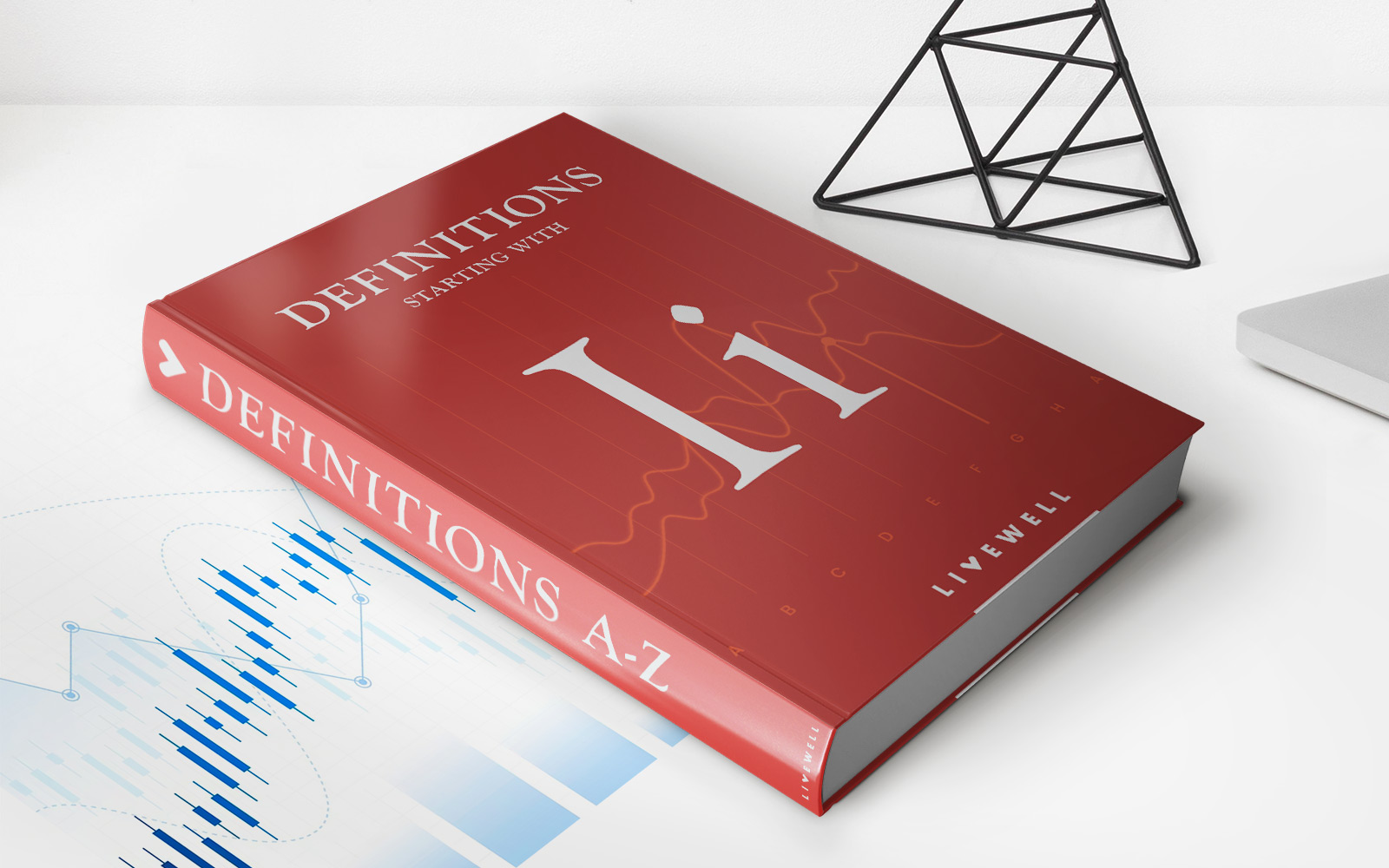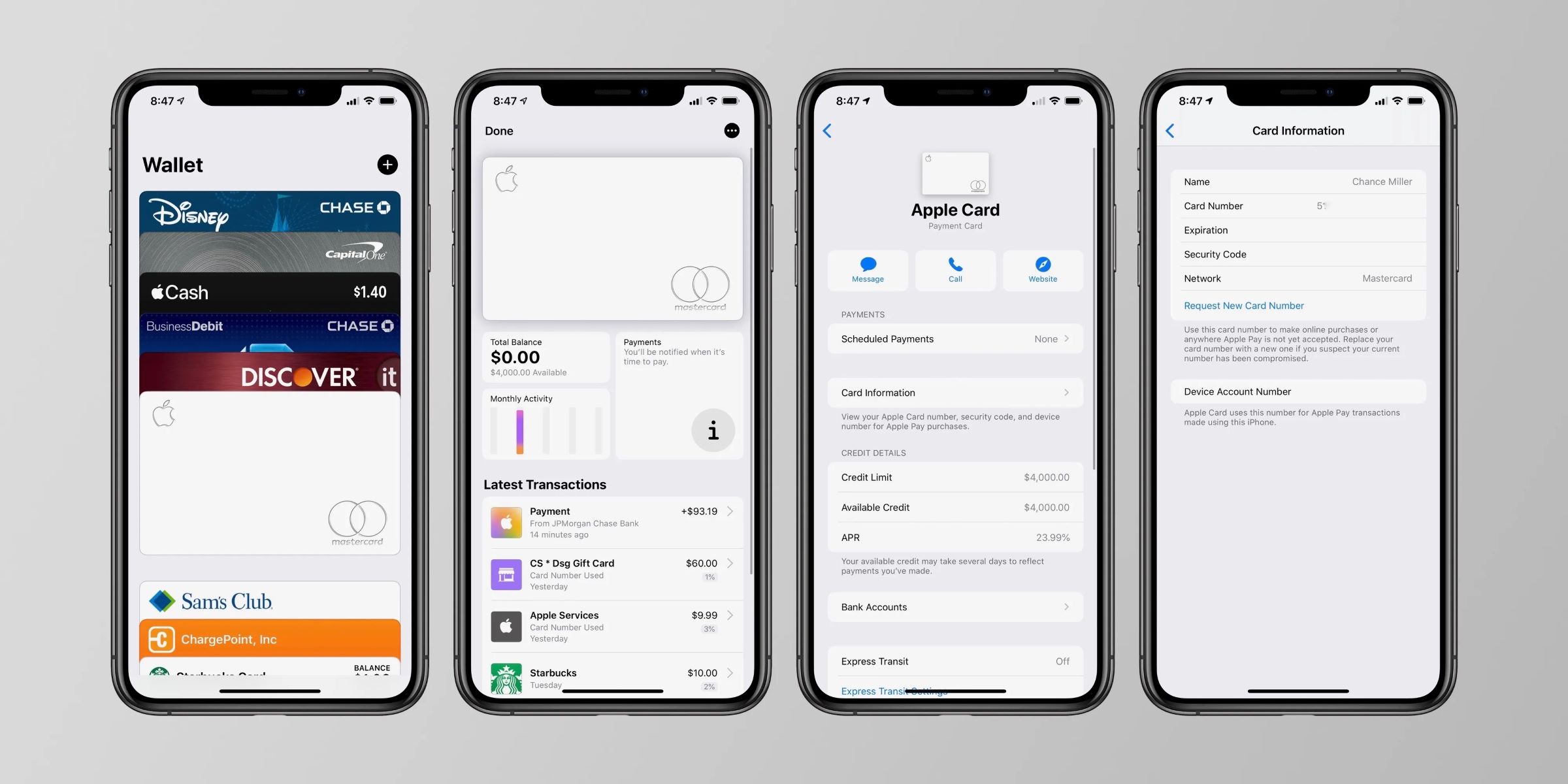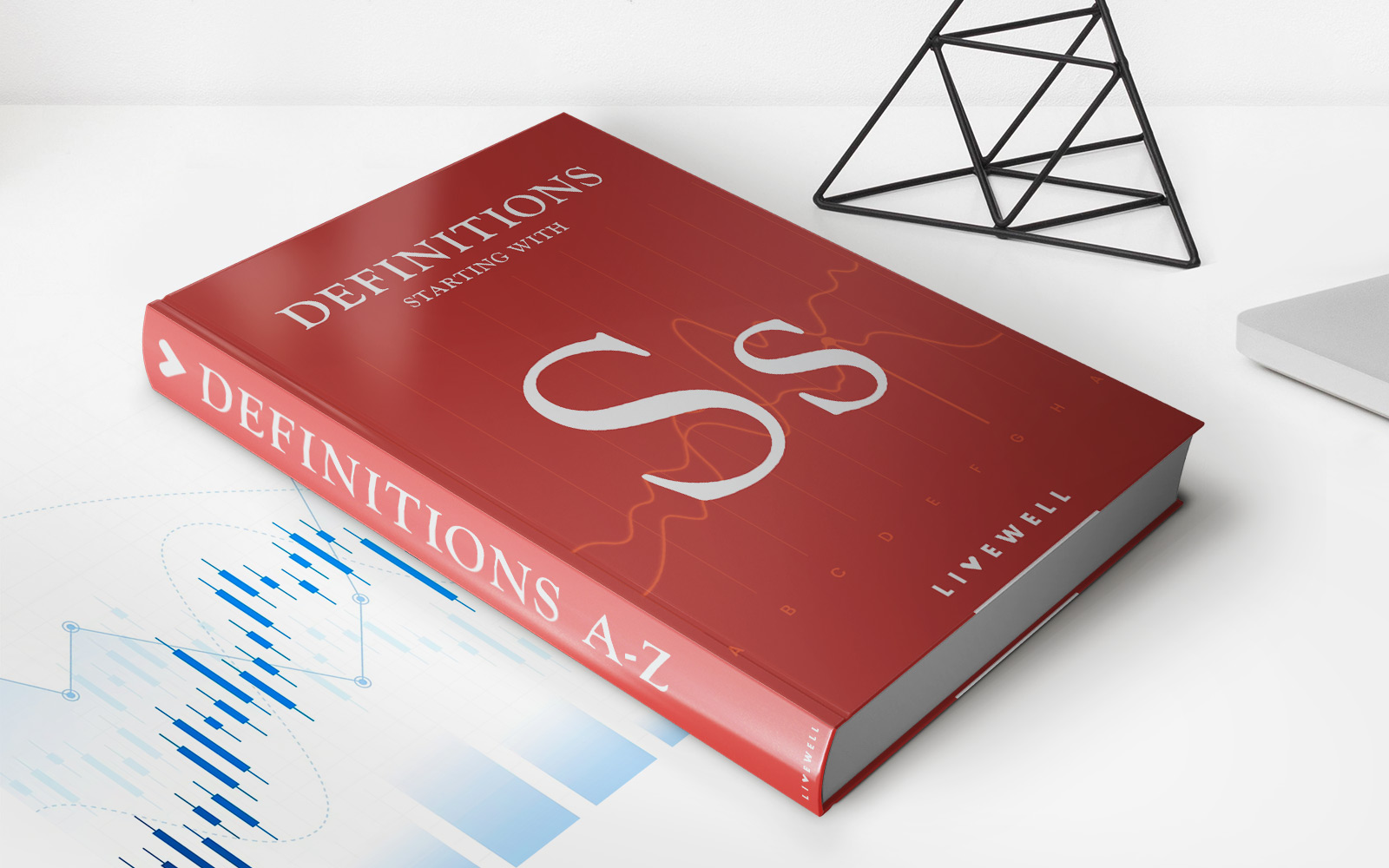Home>Finance>Carrying Costs: Definition, Types, And Calculation Example
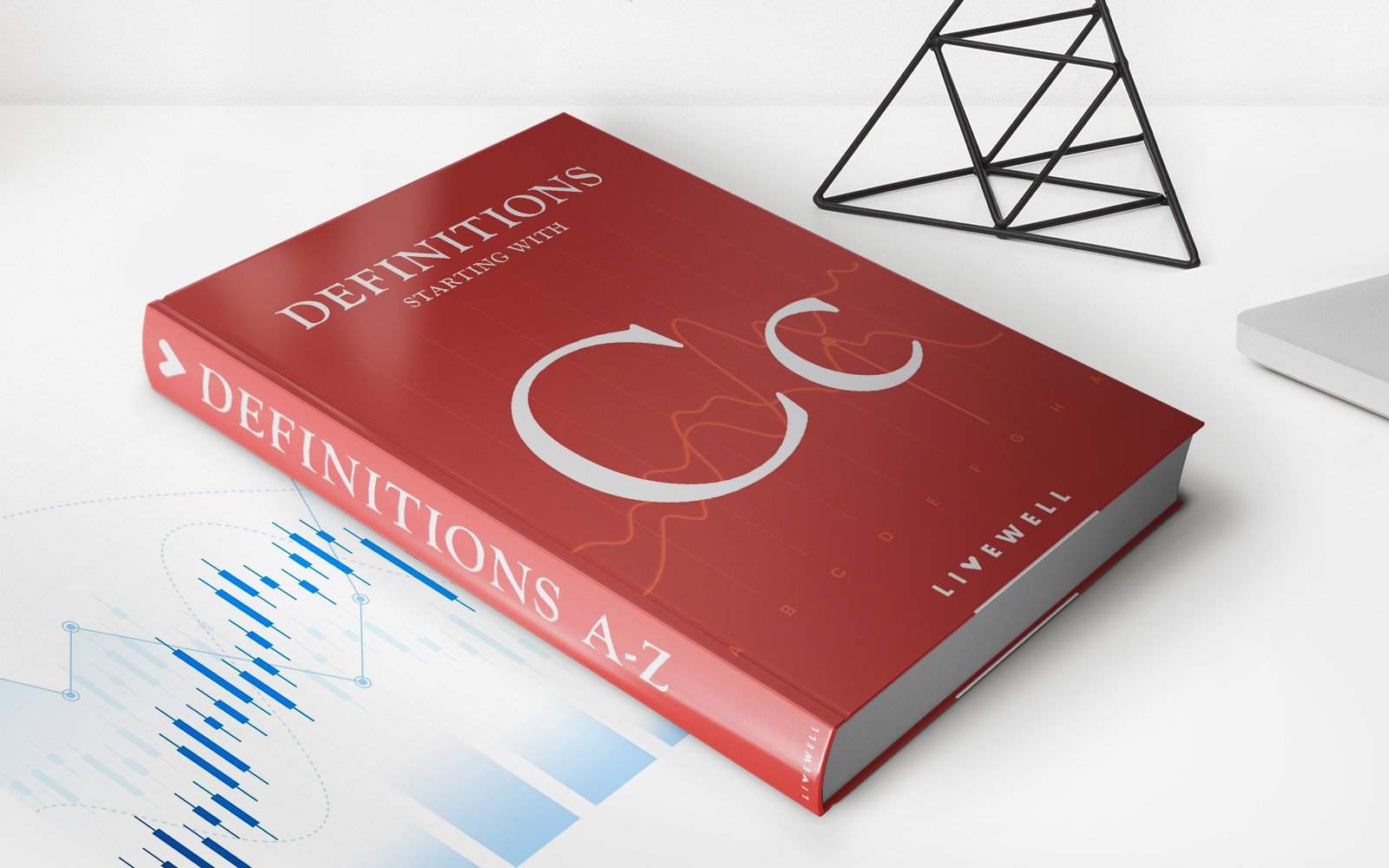

Finance
Carrying Costs: Definition, Types, And Calculation Example
Published: October 23, 2023
Learn about carrying costs in finance, including the definition, types, and calculation example. Stay informed and optimize your financial decisions.
(Many of the links in this article redirect to a specific reviewed product. Your purchase of these products through affiliate links helps to generate commission for LiveWell, at no extra cost. Learn more)
Understanding Carrying Costs: Definition, Types, and Calculation Example
When it comes to managing finances, one important concept to grasp is carrying costs. But what exactly are carrying costs, and why should you be familiar with them? In this blog post, we will dive into the definition of carrying costs, explore the different types, and provide a calculation example to help you understand how they work.
Key Takeaways:
- Carrying costs refer to the expenses associated with owning or holding an asset over a certain period of time.
- These costs can vary depending on the type of asset and may include things like maintenance fees, insurance premiums, storage costs, and interest payments.
Definition of Carrying Costs
The term “carrying costs” is commonly used in finance to describe the expenses incurred as a result of owning or holding an asset. Carrying costs can be associated with various types of assets, including real estate properties, inventory, equipment, or even investments.
Essentially, carrying costs encompass all the expenses that are necessary to maintain and sustain the asset over a specific period. These expenses can accumulate over time and have a direct impact on the overall profitability and financial health of an individual or a business.
Types of Carrying Costs
Carrying costs can be divided into several types, depending on the nature of the asset being held. Let’s take a look at some common examples:
- Interest Costs: When an asset is financed through a loan or a mortgage, the interest payments incurred during the holding period are considered as carrying costs. These costs can significantly add up over time, especially if the interest rates are high.
- Maintenance Costs: Assets like real estate properties, vehicles, or machinery require regular upkeep and repairs. These maintenance costs are also a part of carrying costs and should be factored into the overall financial equation.
- Insurance Premiums: Insuring an asset against potential risks or damages is crucial. The premiums paid for insurance coverage are considered carrying costs as they directly impact the financial outflows associated with the asset.
- Storage Costs: For businesses that rely on inventory or physical products, storage costs can be a significant part of carrying costs. Renting or owning storage spaces, warehousing, or even shipping fees can all contribute to these expenses.
Calculation Example
Let’s consider a hypothetical example to illustrate how carrying costs can be calculated:
Assume you own a rental property that generates $1,500 in monthly rental income. The annual carrying costs for the property amount to $12,000, which includes $4,800 in mortgage interest, $3,000 in property taxes, $2,000 in insurance, and $2,200 in maintenance expenses. To determine the carrying costs as a percentage of the rental income, you can use the following calculation:
Carrying Costs Percentage = (Annual Carrying Costs / Annual Rental Income) x 100
Plugging in the numbers from our example:
Carrying Costs Percentage = ($12,000 / $18,000) x 100 = 66.67%
In this case, the carrying costs for the rental property amount to approximately 66.67% of the annual rental income.
Conclusion
Understanding carrying costs is essential for anyone involved in managing assets or running a business. By recognizing the various types of carrying costs and knowing how to calculate them, you can make informed financial decisions and ensure the overall profitability and sustainability of your investments.
Remember, carrying costs encompass more than just the purchase price of an asset. They involve ongoing expenses that can significantly impact your financial situation. So, make sure to consider and plan for carrying costs when evaluating the feasibility and potential returns of any investment or business endeavor.

